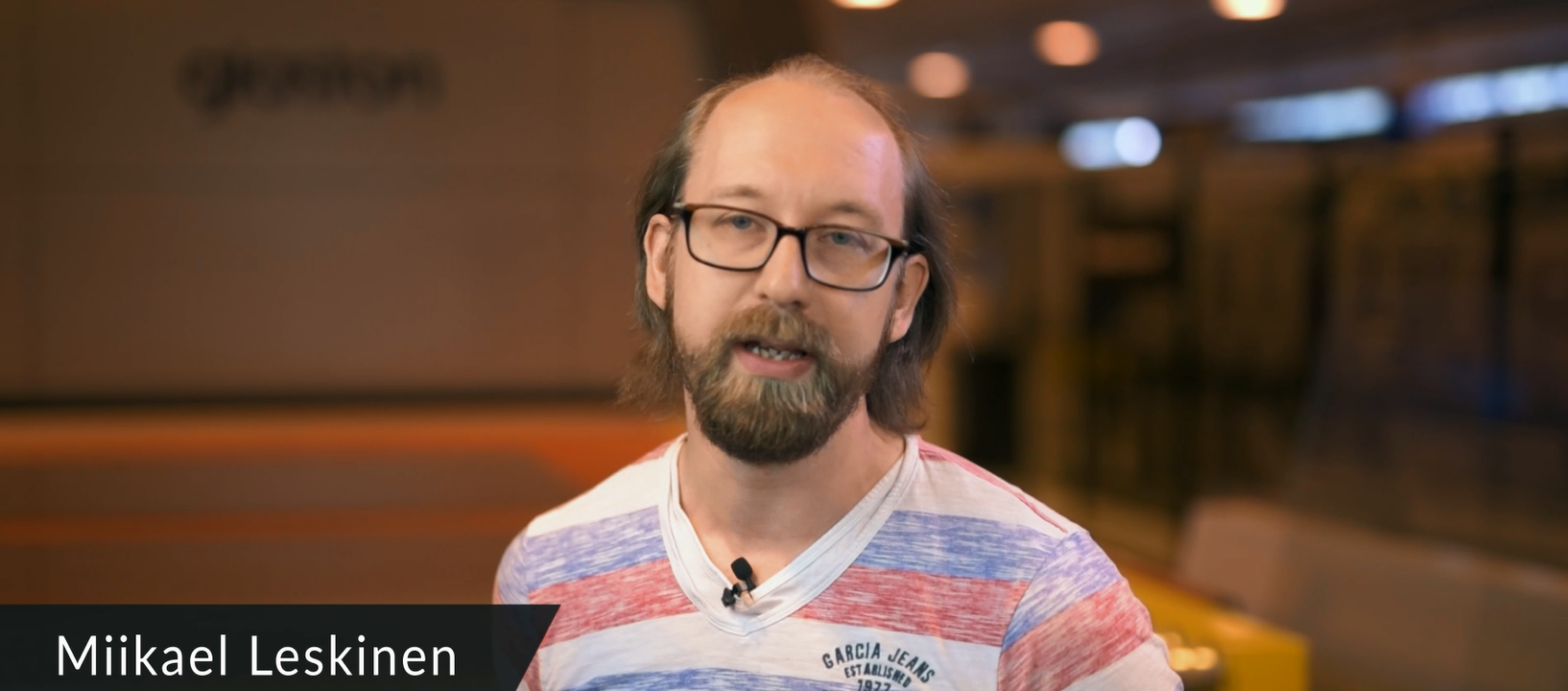
Thanks again for your interesting questions. This latest #AskGlaston episode will cover three of your questions:
1. Is it necessary to install an IR scanner at the furnace exit to monitor the glass exit temperature?
2. Is an exit temperature of 630–640 °C for all thicknesses too high?
3. Is it easier to control glass flatness in the heating or cooling section? Some specialists recommend controlling the flatness only during the quenching process. Also, is it true that we should control glass to bow upwards in a U-shape to avoid collisions with the rollers?
Watch our video answers here.
We recommend a scanner for all our furnaces
A temperature of 630–640 °C is generally too high for thick glasses of over 10 mm and too low for thin glasses below 4 mm. For average 6–8 mm-thick glass, this range is good.
You should control glass flatness in both sections – heating and cooling. But the overall bow is controlled in the chiller. If you have a mechanical problem with the edges, then it’s recommended to bow the glass upwards. To avoid white haze, you should bow the glass downwards.
I hope you’ll get some practical advice again to share with your colleagues.
注册 Glastory 快讯
我们回答您关于玻璃加工的问题。将您遇到的困难告诉我们,我们一定尽全力帮助您。
Comments are closed.